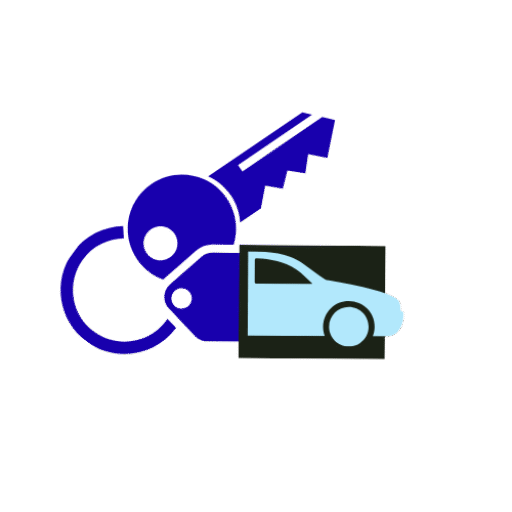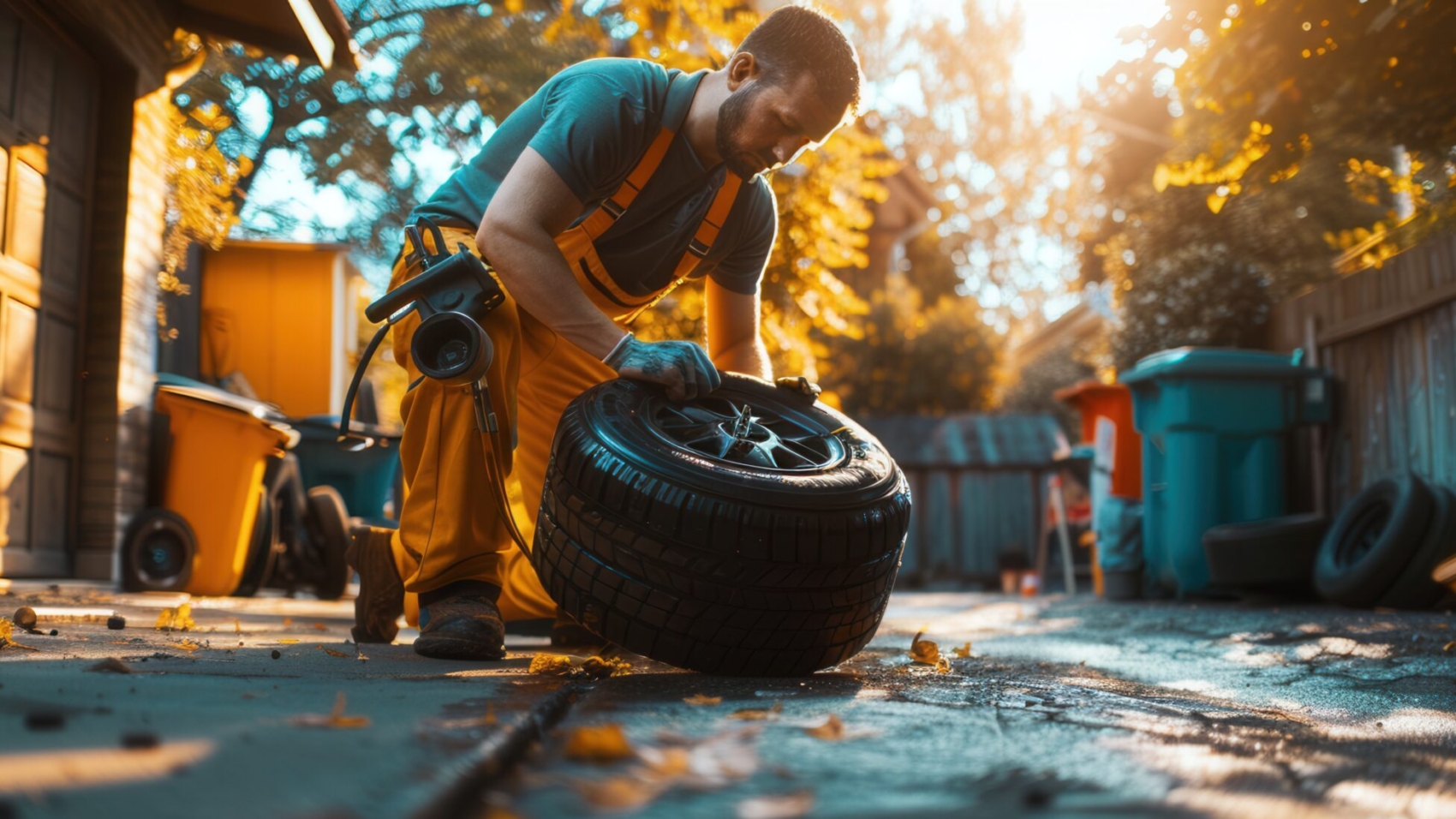Tires: The Lifeline of Every Journey
Tires are more than just rubber rolling on the road—they’re the only part of your vehicle that truly connects you to the asphalt. Every turn, stop, and acceleration depends on them. Healthy tires aren’t just about efficiency—they’re essential for safety, performance, and driving confidence. Neglecting tire care can lead to costly repairs, reduced fuel efficiency, and even dangerous situations. Understanding common tire problems and how to prevent them is crucial for every driver.
Uneven Wear
What Causes It: Uneven tire wear can result from misaligned wheels, unbalanced tires, or incorrect tire pressure. Uneven wear not only shortens tire life but can also compromise handling and safety.
How to Prevent It: Regularly check and adjust tire pressure according to the manufacturer’s specifications. Ensure wheels are properly aligned and balanced during routine maintenance. Rotating tires every 6,000 to 8,000 miles promotes even wear, extends tire life, and improves performance.
Leaks and Flats
What Causes It: Sharp objects like nails, glass, or road debris can puncture tires, causing leaks or sudden flats.
How to Prevent It: Avoid driving over debris whenever possible and maintain proper tire inflation. Consider puncture-resistant tires or sealants for added protection. Inspect tires frequently for visible signs of damage, such as embedded objects, cuts, or bulges. Early detection can save you from unexpected roadside emergencies.
Tread Wear
What Causes It: Everyday driving gradually wears down tread, but aggressive driving, poor maintenance, and incorrect inflation can accelerate the process.
How to Prevent It: Monitor tread depth regularly. While the legal minimum is 2/32 of an inch, replacing tires at 4/32 of an inch provides a safer margin, especially on wet or slippery roads. A simple test is the penny check: insert a penny into the tread with Lincoln’s head upside down. If you can see the top of his head, it’s time for new tires. Proper tread ensures traction, safety, and peace of mind.
Sidewall Damage
What Causes It: Impacts with curbs, cracks, or road debris can damage sidewalls. Cuts, cracks, or bulges weaken tire integrity and can lead to sudden failures.
How to Prevent It: Drive cautiously and avoid hitting obstacles. Inspect sidewalls regularly and replace any damaged tires immediately to prevent dangerous blowouts.
Underinflation and Overinflation
What Causes It: Tires that are too low or too high in pressure experience uneven wear, reduced traction, and decreased fuel efficiency. Severe underinflation can cause overheating and increase the risk of blowouts.
How to Prevent It: Check tire pressure at least once a month and before long trips. Use a reliable tire gauge and follow the manufacturer’s recommended pressure levels, usually found in the owner’s manual or on the driver’s side door jamb. Proper inflation extends tire life, enhances fuel efficiency, and ensures safety.
Cracks and Bulges
What Causes It: Exposure to extreme temperatures, aging, and rough roads can create cracks or bulges in tires. These defects compromise the tire structure and raise the risk of sudden failure.
How to Prevent It: Whenever possible, park in shaded or covered areas to protect tires from direct sunlight. Replace tires older than six years, even if the tread appears sufficient. Inspect tires regularly for cracks, splits, or bulges, addressing issues immediately.
Vibrations
What Causes It: Unusual vibrations while driving can stem from unbalanced tires, misalignment, or worn suspension components. Excessive vibration affects handling, increases wear, and may indicate deeper mechanical problems.
How to Prevent It: If you notice abnormal vibrations, have your tires balanced and alignment checked by a professional. Ensure your suspension system is in good condition, as it directly impacts tire performance and driving comfort.
The Bottom Line
Regular tire maintenance isn’t just about avoiding breakdowns—it’s about ensuring safety, maximizing efficiency, and protecting your investment. Proper care reduces the risk of accidents, extends tire life, and improves overall vehicle performance. Tires are the foundation of your driving experience, and they deserve attention and care.
Advanced Technology for Tire Monitoring
Modern solutions like U-Pro Hybrid TPMS sensors make monitoring tire health easier than ever. These sensors are programmable via NFC on your smartphone, allowing quick setup for most aftermarket sensors across a wide range of vehicles. With tools like these, keeping track of tire health has never been simpler.
By combining routine inspections, proper maintenance, and smart technology, you can drive with confidence, knowing your tires are ready for any road ahead. Remember—healthy tires aren’t a luxury; they’re essential for a safe, smooth, and worry-free driving experience.

